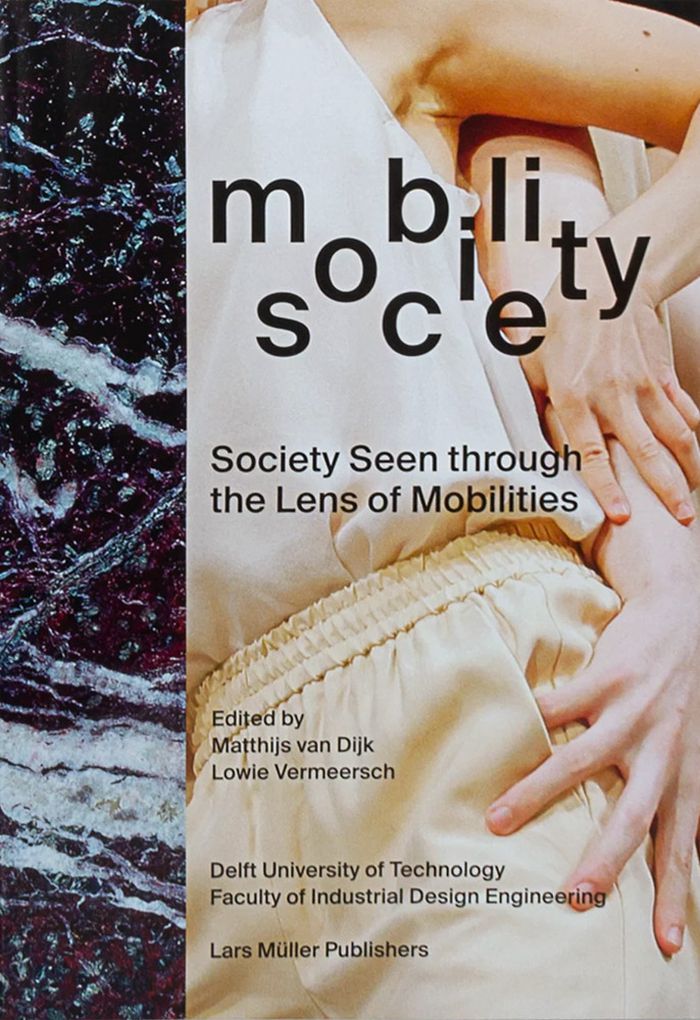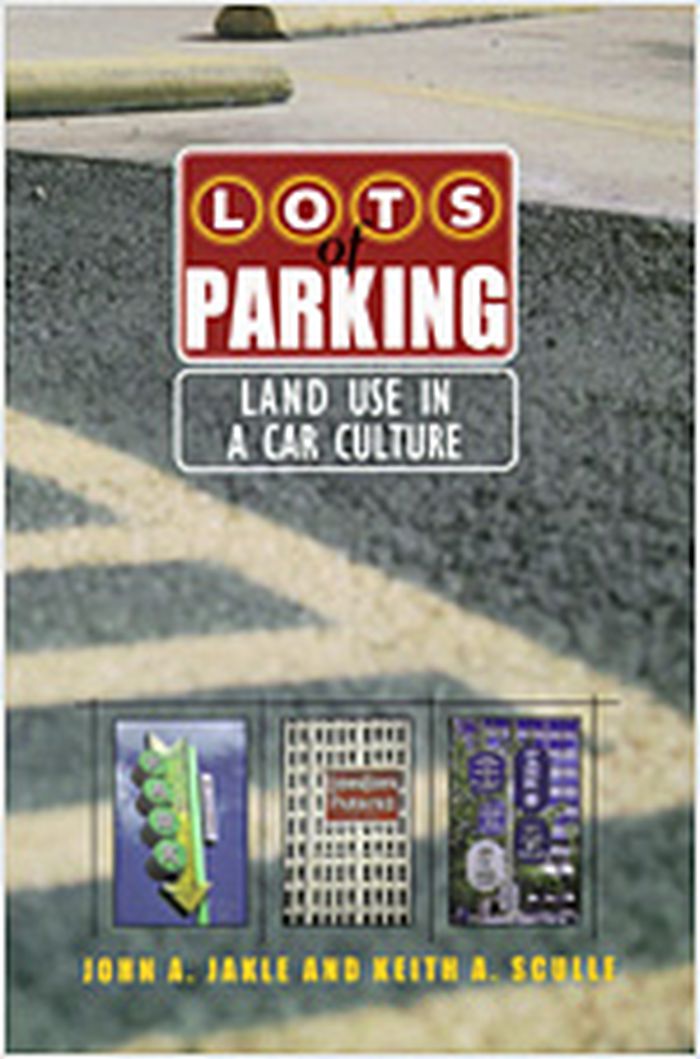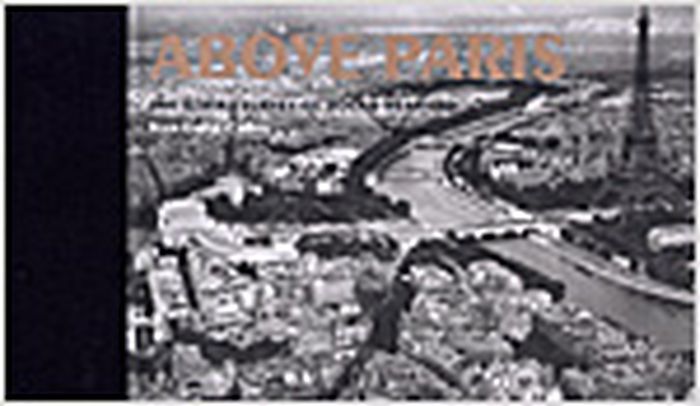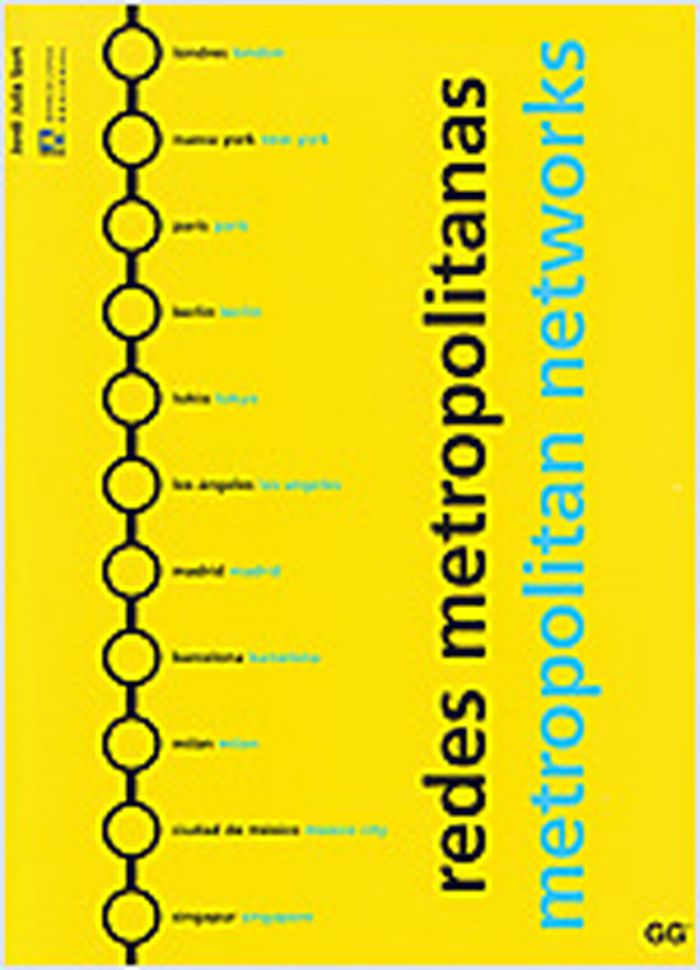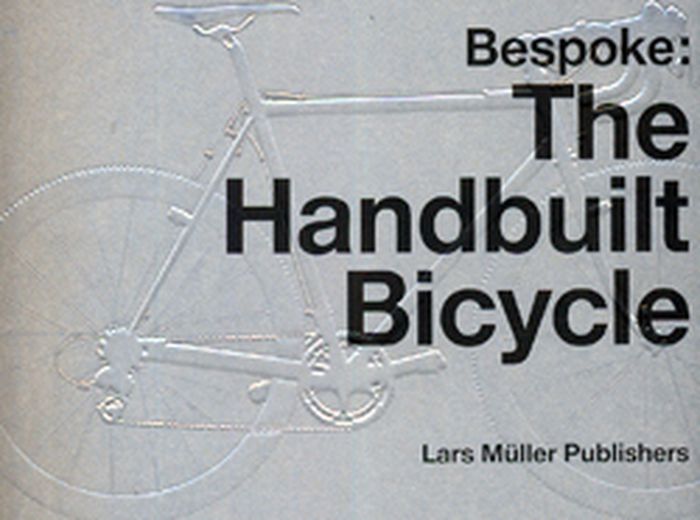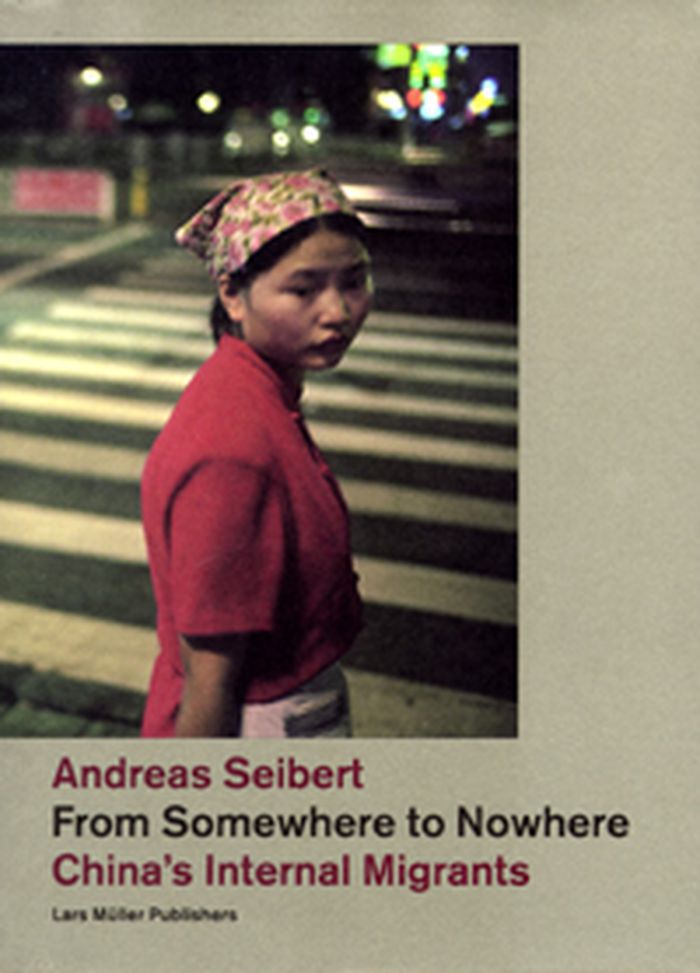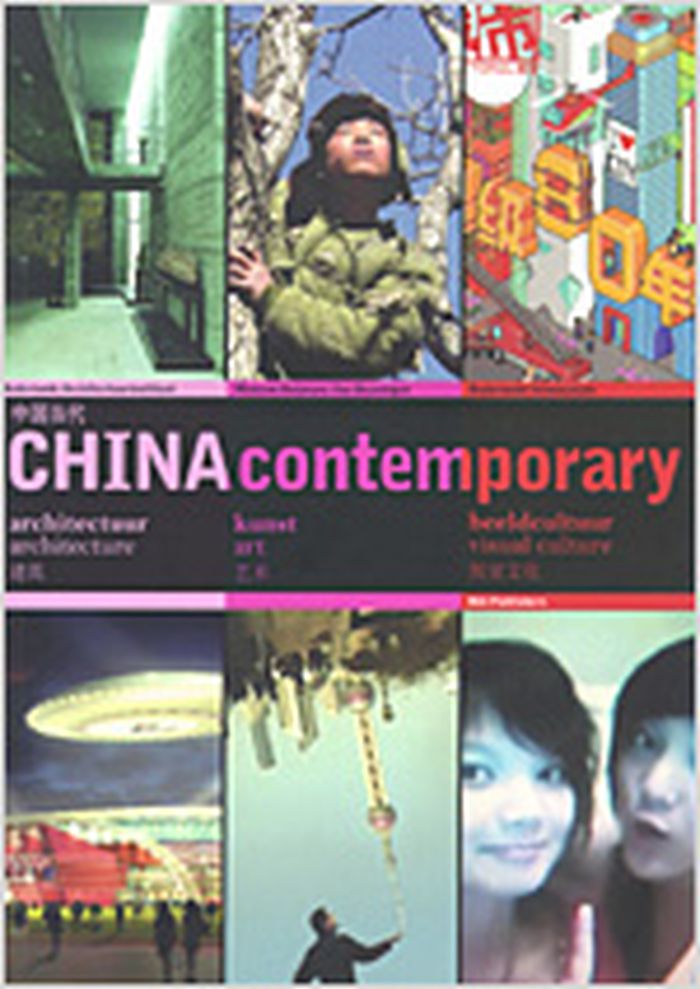$58.00
(disponible sur commande)
Résumé:
Mobility shapes society in countless ways. Looking at society from the perspective of mobility reveals that its key moments of development coincide with the removal of obstacles to human flow—in the physical movement of people, goods, ideas, and spoken and written language. This book explores mobility in various essayistic modes, from visual essays to scientific essay to(...)
L'écologie de l'architecure
décembre 2023
Mobility society: Society seen through the lens of mobilities
Actions:
Prix:
$58.00
(disponible sur commande)
Résumé:
Mobility shapes society in countless ways. Looking at society from the perspective of mobility reveals that its key moments of development coincide with the removal of obstacles to human flow—in the physical movement of people, goods, ideas, and spoken and written language. This book explores mobility in various essayistic modes, from visual essays to scientific essay to broad cultural speculations. ''Mobility | Society'' addresses, among other topics, energy politics and oil’s grip on everyday life; urban transportation policy; the restrictions placed upon differently abled bodies; patterns of data flow; human mobility and Blackness; the politics of speed; concepts of "freedom" in relation to mobility; the appearance and experience of permanence in architectural and other objects; geological movement; and the politics of mobile phones. The design of the book encourages the reader to discover and explore unsuspected relations between mobilities and aspects of our evolving society.
L'écologie de l'architecure
$23.95
(disponible sur commande)
Résumé:
"Lots of parking" examines a neglected aspect of this rise of the automobile: the impact on America not of cars in motion but of cars at rest. While most studies have tended to focus on highway construction and engineering improvements to accommodate increasing flow and the desire for speed, John A. Jakle and Keith A. Sculle examine a fundamental feature of the urban,(...)
Théorie de l’urbanisme
juillet 2005, Charlottesville / London
Lots of parking : land use in a car culture
Actions:
Prix:
$23.95
(disponible sur commande)
Résumé:
"Lots of parking" examines a neglected aspect of this rise of the automobile: the impact on America not of cars in motion but of cars at rest. While most studies have tended to focus on highway construction and engineering improvements to accommodate increasing flow and the desire for speed, John A. Jakle and Keith A. Sculle examine a fundamental feature of the urban, and suburban, scene—the parking lot. Their lively and exhaustive exploration traces the history of parking from the curbside to the rise of public and commercial parking lots and garages and the concomitant demolition of the old pedestrian-oriented urban infrastructure. In an accessible style enhanced by a range of interesting and unusual illustrations, Jakle and Sculle discuss the role of parking in downtown revitalization efforts and, by contrast, its role in the promotion of outlying suburban shopping districts and its incorporation into our neighborhoods and residences.
Théorie de l’urbanisme
$42.00
(disponible en magasin)
Résumé:
Hey culture worker! Are you feeling alone and afraid while the world burns? "It’s Too Late. Do It Anyway!" is two books in one, created for cultural workers who want to get off the racial capitalist high-speed-train-to-nowhere and start structuring revolution through collective care. "It’s Too Late. Do It Anyway!" offers two routes into a fractal support network designed(...)
It’s Too Late. Do It Anyway! A Book about being a cultural worker in the apocalypse
Actions:
Prix:
$42.00
(disponible en magasin)
Résumé:
Hey culture worker! Are you feeling alone and afraid while the world burns? "It’s Too Late. Do It Anyway!" is two books in one, created for cultural workers who want to get off the racial capitalist high-speed-train-to-nowhere and start structuring revolution through collective care. "It’s Too Late. Do It Anyway!" offers two routes into a fractal support network designed to shed absurd, useless forms of artworld prestige in favor of collectively producing a world organized to support caregivers. "It’s Too Late" tells the true story of an exhibition about care that exposed the difference between making symbolic gestures and actually doing something. "Do It Anyway!" serves as a manual for The Hologram, a prism-shaped collective care protocol conceptualized by artist Cassie Thornton, inspired by the Social Solidarity Clinic of Thessaloniki in Greece, and now practiced by people all over the world.
Social
$57.00
(disponible sur commande)
Résumé:
Between the years 1950 and 1972, when Paris was in the twilight of its classical period, pilot and photographer Roger Henrard preserved the city he knew and loved from the seat of a single-engine American army surplus Piper Cub. Henrard used a high-speed plate camera to systematically document the city from its outskirts to its centre. His photographs show not only(...)
Above Paris : the aerial survey of Roger Henrard
Actions:
Prix:
$57.00
(disponible sur commande)
Résumé:
Between the years 1950 and 1972, when Paris was in the twilight of its classical period, pilot and photographer Roger Henrard preserved the city he knew and loved from the seat of a single-engine American army surplus Piper Cub. Henrard used a high-speed plate camera to systematically document the city from its outskirts to its centre. His photographs show not only Paris's stations, museums, department stores, and housing projects but also its urban fabric and interconnections - the tightly knit medieval districts as well as the rectilinear geometry of the Haussmanian boulevards. "Above Paris" is Henrard's study of the urban landscape of Paris and its best-known monuments. Images, grouped by themes such as the course of the Seine, the main roads, the stations, and the neighborhoods of Paris give a clear overview of the city's layout. Maps at the beginning of each chapter orient the reader.
Théorie de l’urbanisme
Metropolitan networks
$71.50
(disponible sur commande)
Résumé:
This book is a study of mass transit networks in urban areas and of their role in shaping the structure of the city. It establishes links between the history, planning and transport networks of eleven international cities (London, New York, Paris, Berlin, Tokyo, Los Angeles, Madrid, Barcelona, Milan, Mexico City and Singapore), in a survey which helps us bring to mind the(...)
Metropolitan networks
Actions:
Prix:
$71.50
(disponible sur commande)
Résumé:
This book is a study of mass transit networks in urban areas and of their role in shaping the structure of the city. It establishes links between the history, planning and transport networks of eleven international cities (London, New York, Paris, Berlin, Tokyo, Los Angeles, Madrid, Barcelona, Milan, Mexico City and Singapore), in a survey which helps us bring to mind the origins of modern means of transport: of conventional railways and their subsequent conversion into metros and tramways, and into today's high-speed trains; of the appearance in the metropolitan context of the motor car and bus, and the arrival of motorways and contemporary airports. In short, the history and morphology of transport networks in our big cities, described through the detailed study and comparative analysis of developments in each of them, all of this with a wealth of images, maps and data of interest.
Théorie de l’urbanisme
$35.00
(disponible sur commande)
Résumé:
The publication presents the designs of six internationally renowned bicycle builders whose embrace of the tradition of working in metal brings striking innovation to their craft. Through their manipulation of steel, aluminum and titanium, the builders of Bespoke produce racing bicycles that speed champion athletes to victory, mountain and cyclocross bicycles built to(...)
Bespoke : the handbuilt bicycle
Actions:
Prix:
$35.00
(disponible sur commande)
Résumé:
The publication presents the designs of six internationally renowned bicycle builders whose embrace of the tradition of working in metal brings striking innovation to their craft. Through their manipulation of steel, aluminum and titanium, the builders of Bespoke produce racing bicycles that speed champion athletes to victory, mountain and cyclocross bicycles built to negotiate vertiginous terrain, urban bicycles that stylishly convey commuters, and randonneur bicycles elegantly stripped down for epic journeys. Candid portraits including builder’s inspirations, working methods and bicycles, photographed in great detail, highlight this exhibition at New York’s Museum of Arts and Design. Bespoke offers an intimate view of objects that sit squarely at the intersection of art, design, craft and performance. With contributions by Michael Maharam and Sacha White (Vanilla Bicycles) Photographs by D. James Dee. Includes bicycles by the following builders : Mike Flanigan (A.N.T), Jeff Jones, Dario Pegoretti, Richard Sachs, J. Peter Weigle
Design industriel
$54.95
(disponible sur commande)
Résumé:
High-population centers of enormous size are springing up in China with dizzying speed. With them comes an increased demand for migrant workers in the construction sector, factories, and mines. In growth centers like the Pearl River Delta in Southern China, 40 million people have already set out from the underdeveloped provinces to earn their living there. The(...)
septembre 2008, Baden
From somewhere to nowhere: China's internal migrants
Actions:
Prix:
$54.95
(disponible sur commande)
Résumé:
High-population centers of enormous size are springing up in China with dizzying speed. With them comes an increased demand for migrant workers in the construction sector, factories, and mines. In growth centers like the Pearl River Delta in Southern China, 40 million people have already set out from the underdeveloped provinces to earn their living there. The photographer Andreas Seibert accompanied the workers repeatedly in order to document their everyday lives and their journey to the high-population centers. Their stories are told in a collection of striking photographs that provide a close-up portrait to complement the current discussion of economic growth in China. Accompanying the photographs are texts by two Chinese authors, who researched the social and economic background of the phenomenon and provide a direct look. With its combination of text and images, this volume conveys a unique impression of the scale of this modern migration of peoples.
$50.00
(disponible sur commande)
Résumé:
A new world is emerging in China, with urbanization and the wholesale globalization of daily life moving at unprecedented speed. The Communist Party line has been replaced by maxims about working together to build a modern, economically resilient country. Cities are being rigorously adapted to fit this new vision, with disastrous consequences for existing structures and(...)
septembre 2006, Rotterdam
China contemporary : architecture, art, visual culture
Actions:
Prix:
$50.00
(disponible sur commande)
Résumé:
A new world is emerging in China, with urbanization and the wholesale globalization of daily life moving at unprecedented speed. The Communist Party line has been replaced by maxims about working together to build a modern, economically resilient country. Cities are being rigorously adapted to fit this new vision, with disastrous consequences for existing structures and neighborhoods. Social and societal balances have been swiftly, radically altered. Can Chinese identity survive in a consumer society and a radically transformed urban environment, both conceived on a Western model? This first interdisciplinary overview of the country’s contemporary arts, architecture, urban planning and visual culture--including television, photography, newspapers, games and blogs - offers the work of some 20 Chinese artists considering these issues, and projects by some 10 Chinese architectural firms. "China contemporary" finds that a mix of long standing tradition, decades of Communism and hurriedly translated Western capitalism have resulted in an exciting visual and formal idiom.
$54.95
(disponible sur commande)
Résumé:
Vanessa R. Schwartz engagingly presents the jet plane’s power to define a new age at a critical moment in the mid-20th century, arguing that the craft’s speed and smooth ride allowed people to imagine themselves living in the future. Exploring realms as diverse as airport architecture, theme park design, film, and photography, Schwartz argues that the jet created an(...)
Jet age aesthetic: the glamour of media in motion
Actions:
Prix:
$54.95
(disponible sur commande)
Résumé:
Vanessa R. Schwartz engagingly presents the jet plane’s power to define a new age at a critical moment in the mid-20th century, arguing that the craft’s speed and smooth ride allowed people to imagine themselves living in the future. Exploring realms as diverse as airport architecture, theme park design, film, and photography, Schwartz argues that the jet created an aesthetic that circulated on the ground below. Visual and media culture, including Eero Saarinen’s airports, David Bailey’s photographs of the jet set, and Ernst Haas’s experiments in color photojournalism glamorized the imagery of motion. Drawing on unprecedented access to the archives of The Walt Disney Studios, Schwartz also examines the period’s most successful example of fluid motion meeting media culture: Disneyland. The park’s dedication to “people-moving” defined Walt Disney’s vision, shaping the very identity of the place. The jet age aesthetic laid the groundwork for our contemporary media culture, in which motion is so fluid that we can surf the internet while going nowhere at all.
Design, époques et styles
$85.00
(disponible sur commande)
Résumé:
We are in the midst of redesigning the world and all its systems as we witness the biggest mass movement of people, goods, factories, frenzied finance and ideas in history. Vast fl ows make the new norm nomadic. Yet there is a yearning for belonging, distinctiveness and identity as the ‘anytime, anyplace, anywhere’ phenomenon enabled by digitization is changing how we(...)
The civic city in a nomadic world
Actions:
Prix:
$85.00
(disponible sur commande)
Résumé:
We are in the midst of redesigning the world and all its systems as we witness the biggest mass movement of people, goods, factories, frenzied finance and ideas in history. Vast fl ows make the new norm nomadic. Yet there is a yearning for belonging, distinctiveness and identity as the ‘anytime, anyplace, anywhere’ phenomenon enabled by digitization is changing how we interact with space, place and time. Old certainties are crumbling and systems are breaking at escalating speed. Apprehension is in the air as we invent a different kind of city. This is the Civic City. It tries to find a pathway through the major faultlines, dilemmas and potentials of our time – shared lives, inequality, environmental distress and urban vitality. This is a place where we reinvent anchorage, an urban commons, connection, but also possibility and inspiration. In this new ground-breaking book, the inventor of the Creative City concept helps us navigate the evolving urban landscapes and its potential.
Théorie de l’urbanisme
